Making Local Foods Affordable
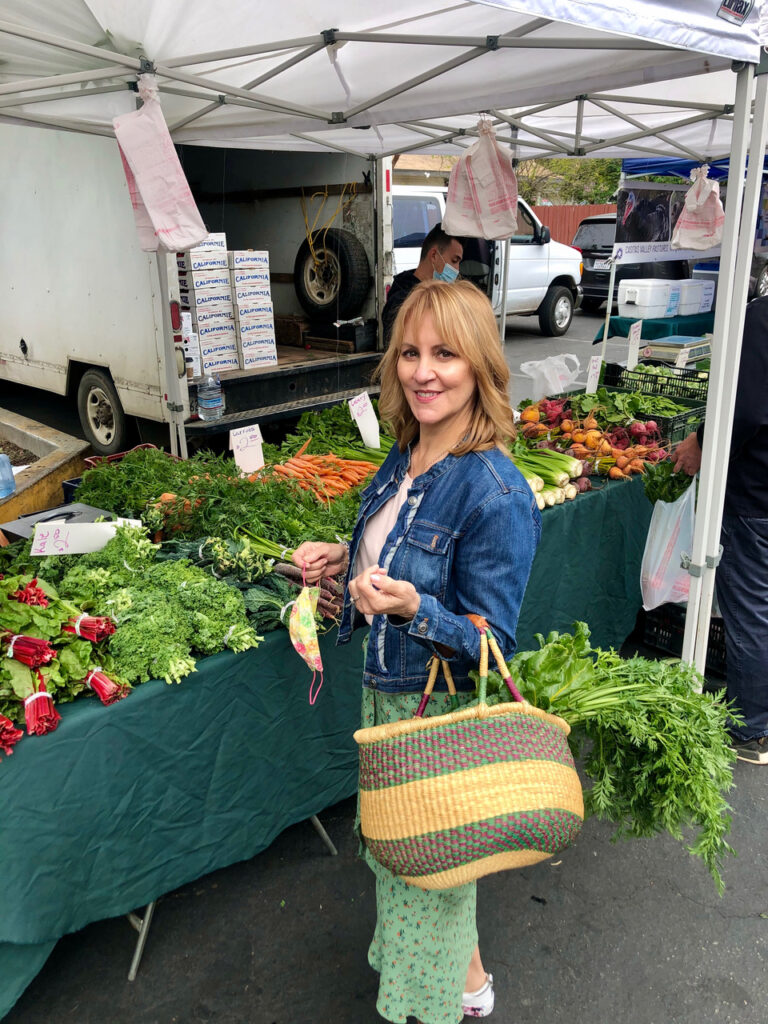
Learn how to make local foods budget-friendly and accessible with these 7 tips for making local foods affordable.
Local food is all the buzz! And I’m right there celebrating it, because there is a lot to love about supporting a local food system. First of all, buying from your local farmer is more delicious—the food is at it’s very freshest, often harvested within hours before you purchase it, and that means that it is riper and more mature, unlike the traditional centralized produce that may be picked green up to two weeks before it lands on supermarket shelves. There is just no comparison between a ripe tomato, for example, compared to the woody tomatoes that were picked immature many days before they hit the grocery store. That ripe, mature freshly harvested produce also means it’s more nutritious, as produce can lose nutrients as it travels. In addition, local food systems can often provide a wider range of unusual, diverse, colorful, flavorful produce—from rutabagas to purple kohlrabi to lemon cucumbers—which you usually don’t find in a typical supermarket. And local food can make a gentler impact on the planet, as it doesn’t have to travel so far to get to your plate. Food can travel more than 1500 miles in today’s modern food system! All of those transportation miles can impact a food’s carbon footprint. Finally, when you support your local farmers you keep those dollars in your community, where the farmers can keep on growing delicious, healthy, sustainable foods to produce a resilient food system you can rely upon.
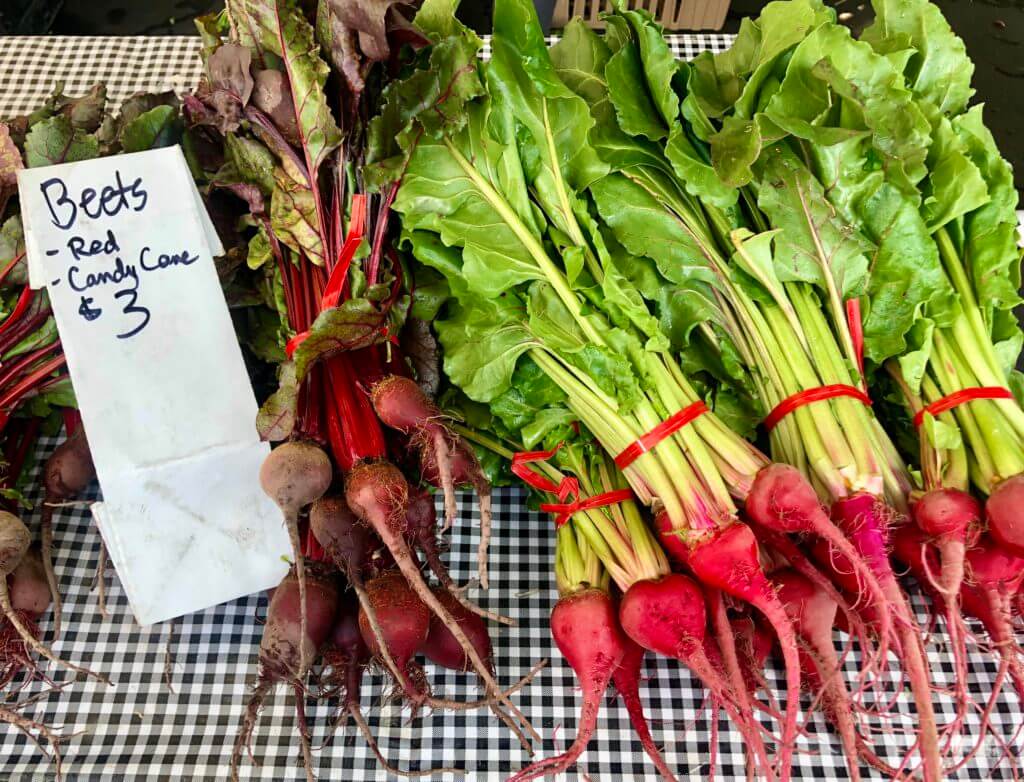
Why the Higher Cost?
Whether you’re purchasing local foods from a farmers market, produce stand, or CSA, it means that you are often supporting a smaller, more diverse farming system, compared to large monocrops, in which a larger production scale can make the price go down. In addition, many local food systems are organic, which is more costly to produce compared to conventional agriculture. However, organic agriculture has benefits, such as better soil health, lower pesticide residues, and lower carbon footprint. According to the Food and Agriculture Organization of the United Nations, there are additional factors that contribute to the sometimes higher prices of local foods, which include: environmental enhancement and protection, higher treatment for animals, reduction of health risks to farmers because the use of pesticides is not a component of organic produce, and increase in farm employment opportunities. The pros clearly outweigh the cons when it comes to shopping locally because of the short- and long-term benefits associated with them. But let’s be honest, this can often come with a higher price tag for local foods. In fact, local foods have been criticized for being too expensive and elitist. It’s true that you can spend a lot of money at a farmers market, but I’m here to shine the light on how you can get the biggest bang for your buck when buying local!
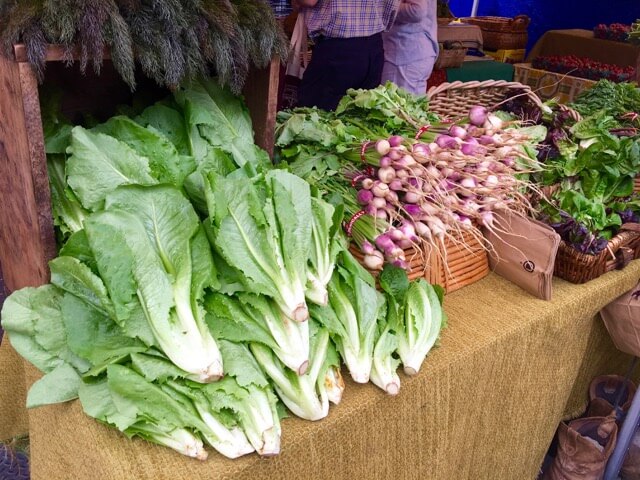
Making Local Foods Affordable
Farmers markets, produce stands, CSAs, and even the local section of your supermarket showcase in-season, local produce, which is the best time to buy fruits and vegetables because they are at their peak ripeness, nutrient content, and flavor. They’re also less expensive when they are in season, compared to conventionally grown supermarket produce that has traveled across the nation or globe. Much of farmers market produce is organic (or produced according to those traditions), which is about 40 percent cheaper than organics sold in grocery stores. If you want to become an expert on how to make your next trip to the farmers market cost-efficient, check out my tips on how to make local food affordable.
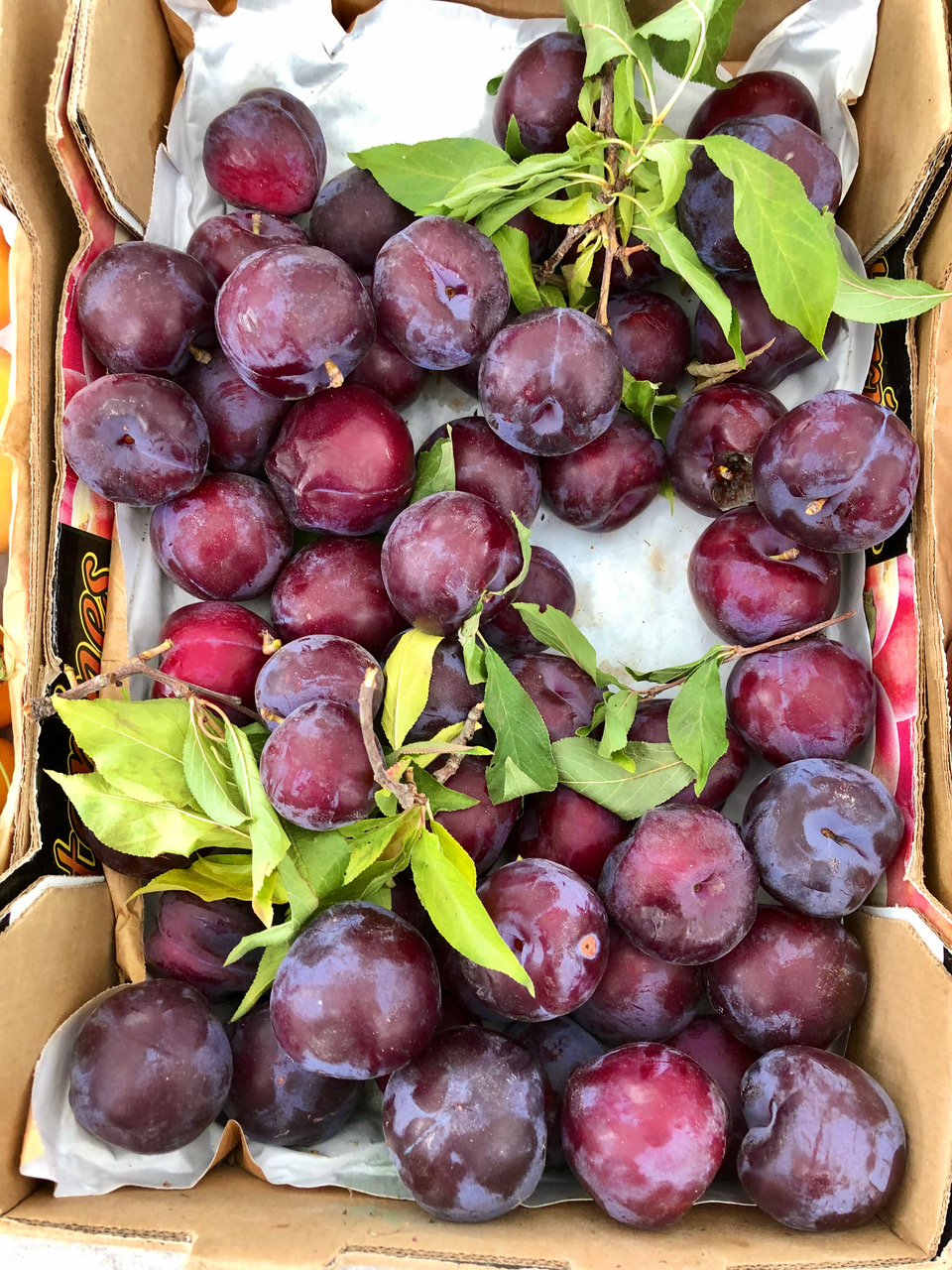
Top 7 Tips for Saving Money on Local Food
1. Plan Ahead. Before you step out the door to head to your farmers market, look through your pantry and refrigerator, and make a list of what you’ll need for the week to avoid overspending on items that you may already have in your kitchen. Push all of the produce that you need to use up to the front of your fridge so that gets eaten before your new inventory. Also, consider what’s in season so you are finding local foods at their prime to save money. For example, look for local strawberries in the early summer (not in January if you live in the Northeast) and winter squash in the fall.
2. Don’t Purchase More Than You Need. Every time I step into a farmers market, I am tempted to purchase everything because of all the vibrant, attention-grabbing colors of the fresh fruits and vegetables. Indeed, many people overbuy at farmers markets because the produce is so gorgeous. And keep in mind the produce is riper, so it will go bad more quickly too. This is why planning and having a shopping list can help you avoid the temptation to overbuy.

3. Check Out the Deals of the Day. There may be items that are on sale at a farmers market, such as seasonal produce, seconds (“ugly produce”), or simply lucky deals of the day. Try spending more time looking at the different vendors because some may have better prices than others. Get to know which vendors have the best prices so that you can visit their stalls first. Talk to the farmers so you can learn how their produce is grown—even though they may not be certified organic (which raises the price of services), they may support those ideals. If you shop at the end of the day, some farmers discount goods that didn’t sell.

4. Purchase Produce from Different Food Groups. There are more than just fruits and vegetables to be found at your local farmers market. You’ll also be able to find legumes, grains, nuts, and even delicious desserts! These can make great options for healthy, plant-based, economic meals. When you purchase more of a variety of foods, you’ll be able to cook well-balanced, nutritious meals for the week without having to make another run to the grocery store, while still supporting local producers.
5. Make a Budget for Yourself. It’s crucial to have a budget for your spending at your local farmers market, where many vendors accept cash only. The dollars can just fly when you visit stand after stand, so set aside your weekly budget for spending, prioritizing items on your shopping list. One way to do this is to come with only the amount you have budgeted for the week of shopping. For example, if you’re weekly budget is $60, make sure to follow the tips above and prioritize everything on your shopping list before you are tempted to buy those pretty jars of jam or salsa. Remember though that when you eat a plant-based diet based on whole foods, you are not wasting money on package goods and may not even need to purchase much else at your conventional supermarket. When I’m shopping at the farmers market, I often just stop by the natural food store across the street on the way home to pick up a few things, like tofu, tempeh, whole grains, pulses, and soymilk. So, keep in mind that your budget for fresh items may take up the lion’s share of your budget.
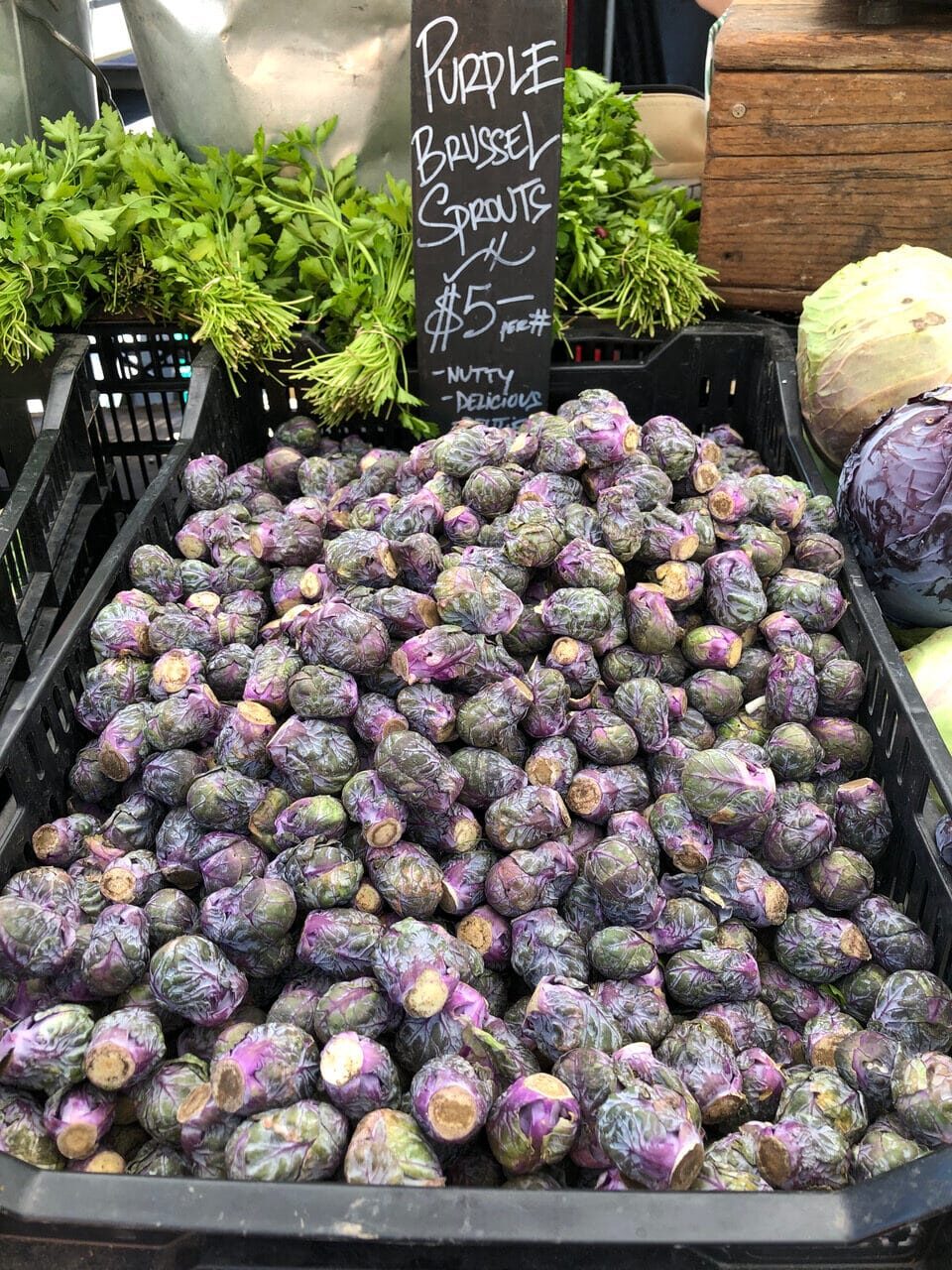
6. Try a CSA. Many times a CSA is much more affordable than your farmers market. Though each CSA operates with different rules, many follow the tradition of offering you a box of produce for a reasonable rate. My CSA that I enrolled in a few years back offered weekly boxes for $25. Those boxes were stuffed to the brim with local produce. It was more than I needed to feed a family of 4 for a week. These boxes also force you to get creative with cooking unusual vegetables, such as parsnips, black radishes, or dandelion greens. Learn more about CSAs here.
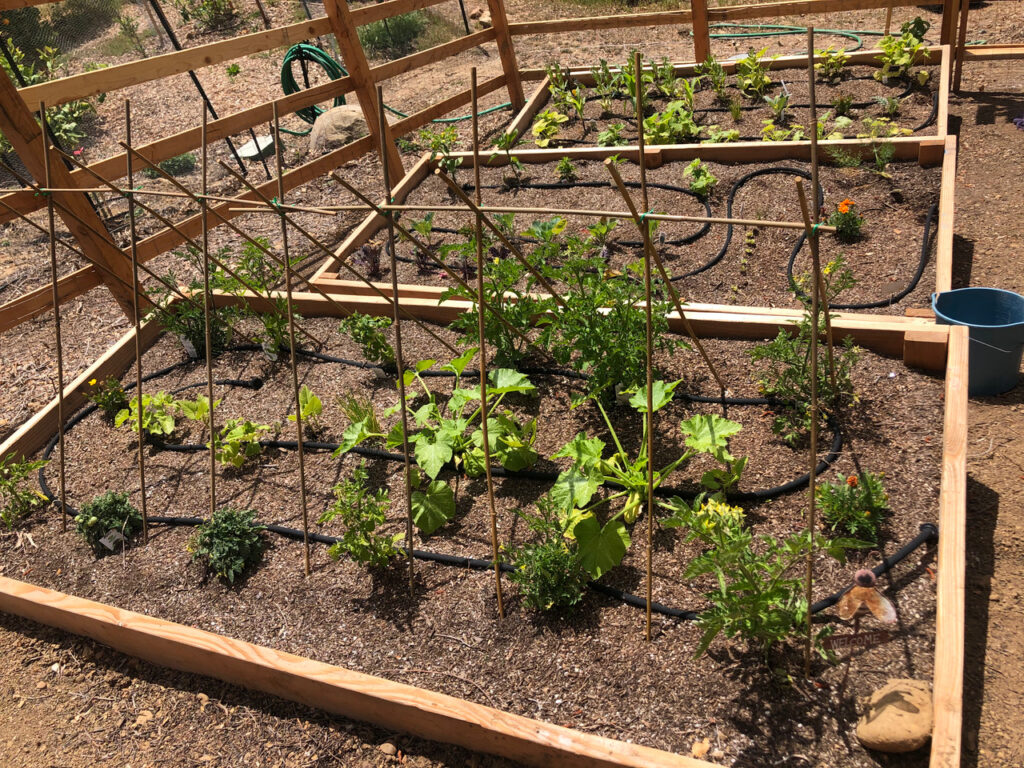
7. Grow Your Own. The cheapest way to enjoy local food is to grow it yourself! Research shows that you can save a significant amount of money on produce by planting vegetables in your garden. This is easy with a raised vegetable bed. If you have any yard space, dedicate a portion of it to growing your own food. If you’re living in an apartment or condo, see if there is room for a small garden container on your balcony or steps. You can even grow herbs in your kitchen window. Or check out a community garden in your neighborhood, which allows you to grow your own food. Learn more about how to start a vegetable garden here, and community gardens here.
For more information on local food, check out some of my blogs here:
5 Benefits for Eating Local
Make the Most of Your Farmers Market


